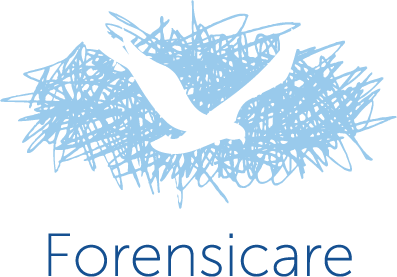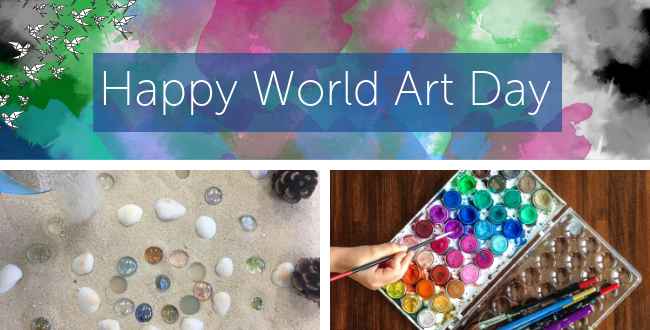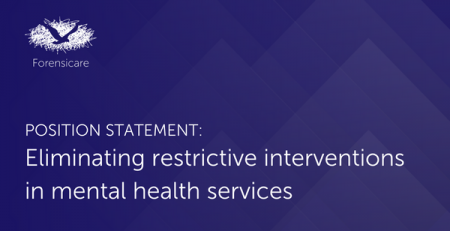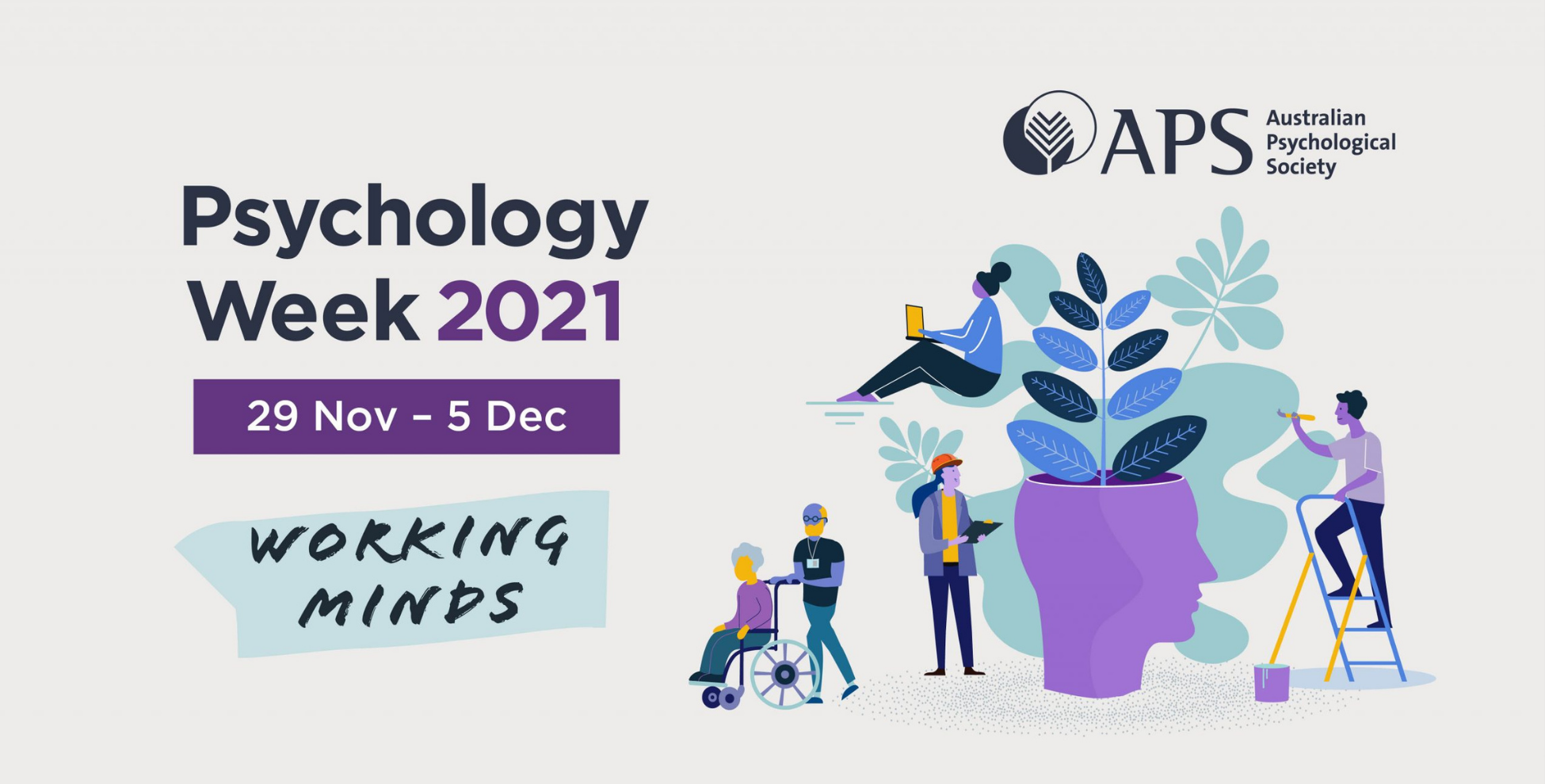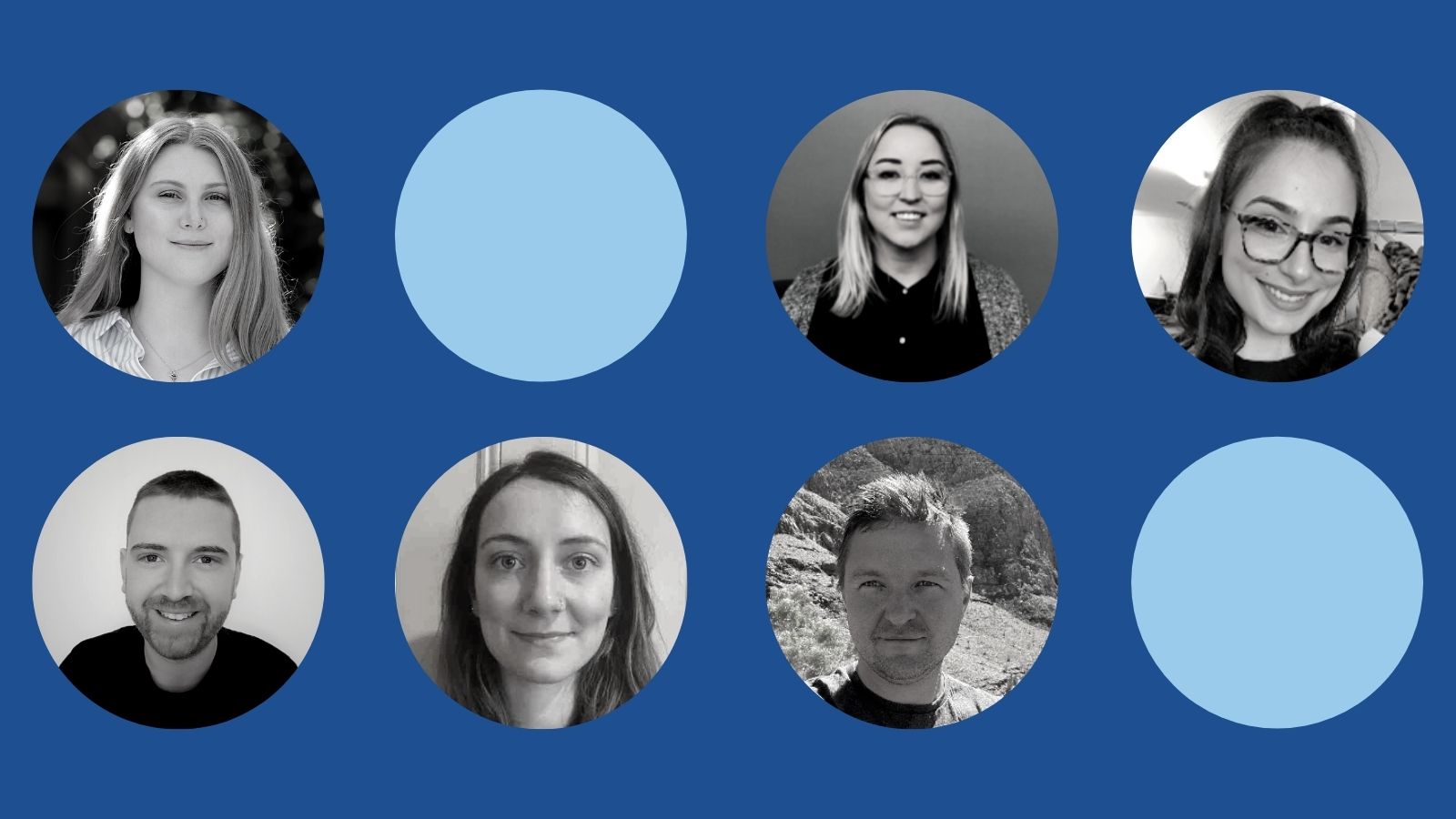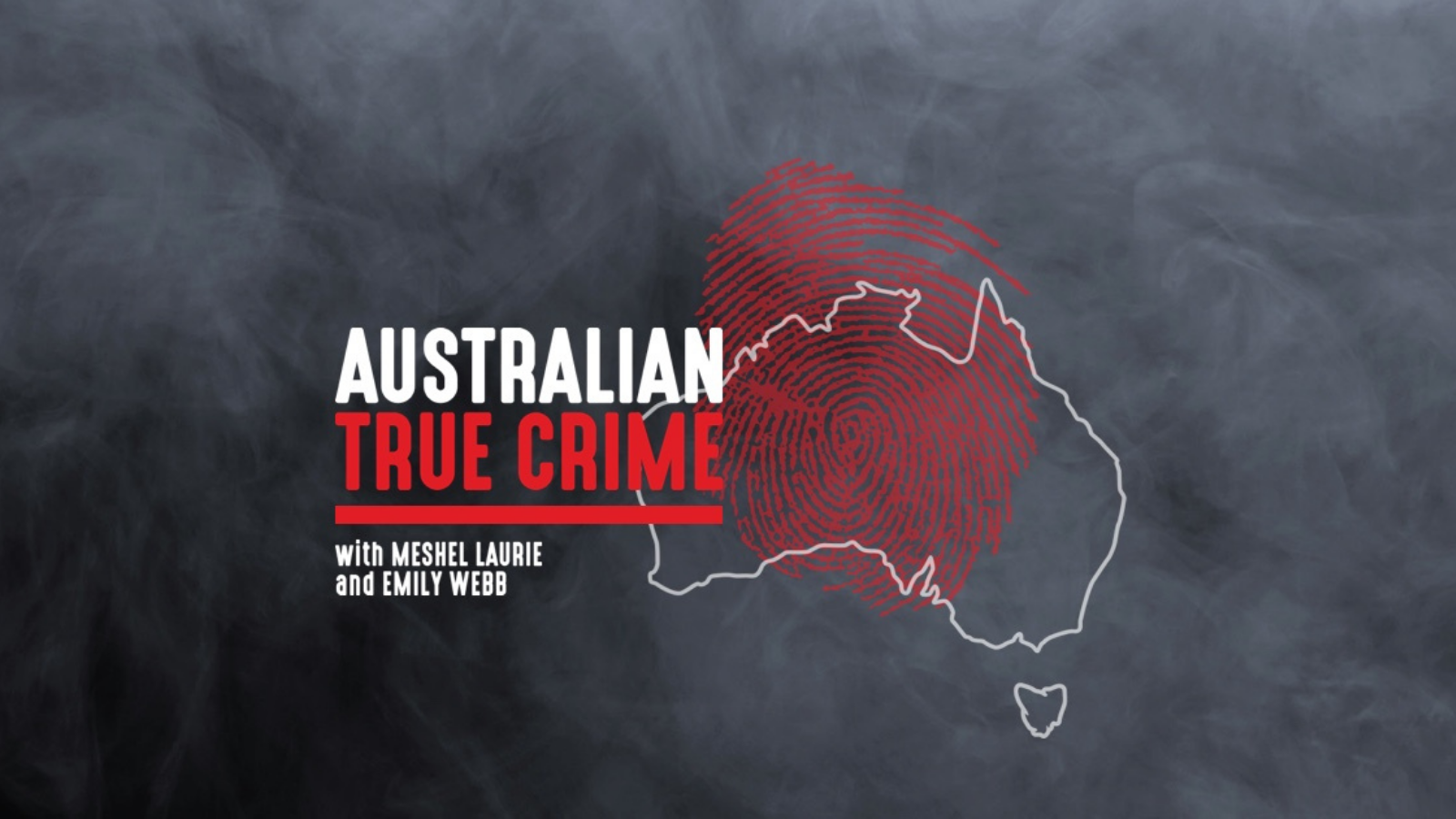Celebrating art therapy this World Art Day
Today is World Art Day—and a great chance to showcase some of the great work our Art Therapist Annie Fox does at Thomas Embling Hospital.
Unlike your typical art class, art therapy doesn’t rely on skills or aesthetics, and instead focuses on the creative process, and the way art can convey things words cannot. Art therapy is about communication that bypasses words. It can also be an excellent way to teach problem-solving skills, self-awareness, mindfulness, increase socialisation, and promote a range of other physical benefits and well-being.
“I see my role to help my clients find a language in which they can communicate to their environment and to themselves,” Annie said.
“It’s very easy for us to go around or avoid a problem when using words. Using art as a communication tool, however, bypasses this to get to issues that may be suppressed, allowing for access to implicit memories and thoughts.”
To put it simply: art doesn’t judge.
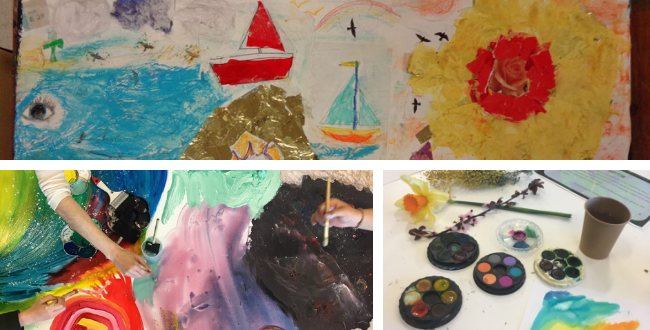
Art therapy at Thomas Embling Hospital.
Art therapy revolves around evidence-based and practise-based theoretical counselling frameworks, and incorporates art as a vehicle for working through concepts, and assisting patients to work through distressing or emotionally overwhelming life events, providing further self-development and growth.
But what are the benefits of art therapy?
Many studies have confirmed the effectiveness of using art therapy—particularly in a forensic setting: it allows patients to think about what they’re doing, and develop themselves, as well as decreasing negative psychiatric conditions.
At Thomas Embling Hospital, Annie provides many forms of art therapy to staff and consumers—such as clay, craft, marbling and much more.
“Art is fundamental in our human nature, going back to the dawn of human existence. We can take symbols and metaphors, and break them down, forming our life into safe expression when words are too hard to communicate.
Numerous Forensicare psychologists have applauded the treatment, commenting on its value and ability to build trust and engagement with consumers. It has also helped consumers recognise their emotions, and further allowed the team to develop management and coping strategies, while visually tracking their progress in a powerful way.
Consumers themselves have even commented on the treatment’s effectiveness, noting that it provides a way to explore their feelings, express themselves effectively to their treating team, and release frustrations.
“I get a lot of help from art therapy,” one consumer commented. “It occupies you mentally, and there’s a healing process to it—it makes you feel mentally stronger.”
“I feel the proof is in the pudding,” Annie added. “I have high engagement and positive results from patients and teams.”
“There are so many benefits to art therapy—like expression and connection. Isn’t that what humans are seeking? Connection and acceptance?”
